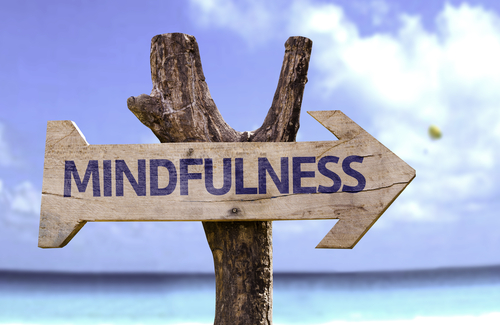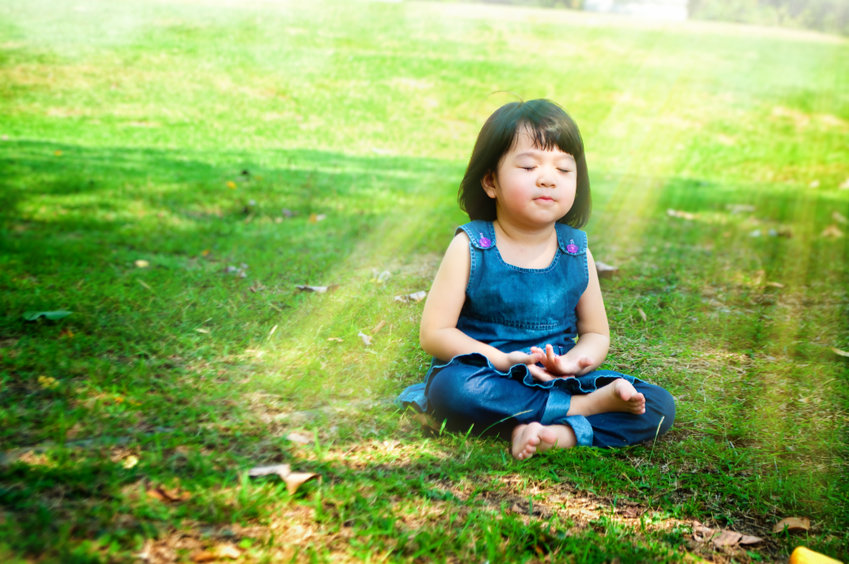More and more people are seeing benefits from learning and practicing mindfulness. It helps them decrease stress and stress-related illnesses, and to improve their mental health by learning how to let go of painful thoughts or feelings. In my work, patients often ask how to be mindful around their emotions. This question usually arises after realizing that one has great difficulty controlling intense emotions (i.e. going from “0 to 100”) that may be triggered in uncomfortable or distressing situations.
Oftentimes, people want to learn how to “get rid” of emotions or control them in some way. However, just like thoughts, emotions — for better or for worse — cannot be controlled. We feel how we feel, when we feel that way. With that said, there is a way through mindfulness practice to change our relationship with our emotions so that they do not affect us as negatively or as intensely.
How to Be Mindful of Your Emotions
Being mindful of our emotions takes dedicated practice and attention. People who practice meditation or mindfulness will often talk about taking a “non-judgmental stance.” What does this mean? By being non-judgmental, you are removing your evaluation of whether something is “good” or “bad.” You are focusing on the facts (i.e. the “what”), and practicing acceptance of whatever emotion comes up in that moment.
This proves to be quite difficult in stressful moments. For example, if we find ourselves getting angry at our spouse at the drop of a hat or feeling intense anxiety at work, it might be easy to say to ourselves, I shouldn’t feel this way, or There I go again, letting myself get wound up. How can we remove the judgment from those emotions and thoughts?
The feelings that come up, in fact, are often natural responses to life stressors. It is the tendency to judge our emotional reactions and ourselves that often get us caught in a downward spiral of feeling worse.
Helpful Strategies to Practice Mindfulness of Emotions
Emotions as waves
One way to mindfully experience these emotions is to view them as waves that come and go. Rather than stewing in the feelings of depression, anger, or shame, what if you were able to view emotions as waves hitting the beach that will inevitably break and then recede back into the ocean? Whether the waves are big or small, they all break, and they all recede.
Trying to stop a wave from breaking is nearly impossible. However, accepting that the emotions arise and noticing how they come and go are key steps of being mindful of your emotions. You can acknowledge the emotion as it appears, and also observe it as it dissipates. Can you watch the waves as they come to shore, noticing how big each “˜emotional wave’ is, how frequently the waves are breaking, how your own experience is changing from moment to moment?
Now is not forever
When experiencing intense emotions, it is helpful to realize that you have felt differently in other moments of your life. Another reminder to attend to is remembering that feeling a certain way is different from being a certain way. You might feel depressed in a given moment, but it does not mean that you a habitually depressed person. It doesn’t mean that you will be depressed forever. We are far more complex beings that just the emotion we might be feeling in that moment. Feelings come and go, like the aforementioned waves in the ocean.
Acceptance
We can also think of emotions as similar to a change in the weather. In emotional moments it can seem like you are stuck in a fog, or that all you see are dark clouds. Just as the weather may change in the course of a day, stay mindful in that moment and allow the sky to clear, as it does naturally. (Trying to push clouds away does not usually work!) Are you able to observe the clouds as they come and go? Are you able to acknowledge both sunny days and cloudy days without judgment? A key component of letting go of emotional suffering is practicing acceptance of your current emotional state rather than resisting it.
Bodily awareness
Emotions are not only felt in the mind but also in the body. Just as you can observe your emotions as waves or clouds, being mindful of emotions might also involve noticing any bodily sensations that accompany these emotional reactions. See if you can mentally label each sensation, without judgment. If you are feeling tension in your chest, label that as tension. If you feel your hands start to tingle, label that as tingling, and so on. Try not to make the sensations go away. Instead, see if you can accept that this is how your body and mind are feeling in this moment.
Keep in mind that mindfulness of emotions is only one element of mindfulness practice. However, these simple exercises can have a profound impact on the negative experiences we encounter from day to day. By becoming more mindful in these ways, we become more aware of present moment realities and relate to our emotions in a healthier way.
RELATED: Practicing Mindfulness: 9 Suggestions for Living Mindfully
Subscribe to the Manhattan Center for Cognitive-Behavioral Therapy blog!









